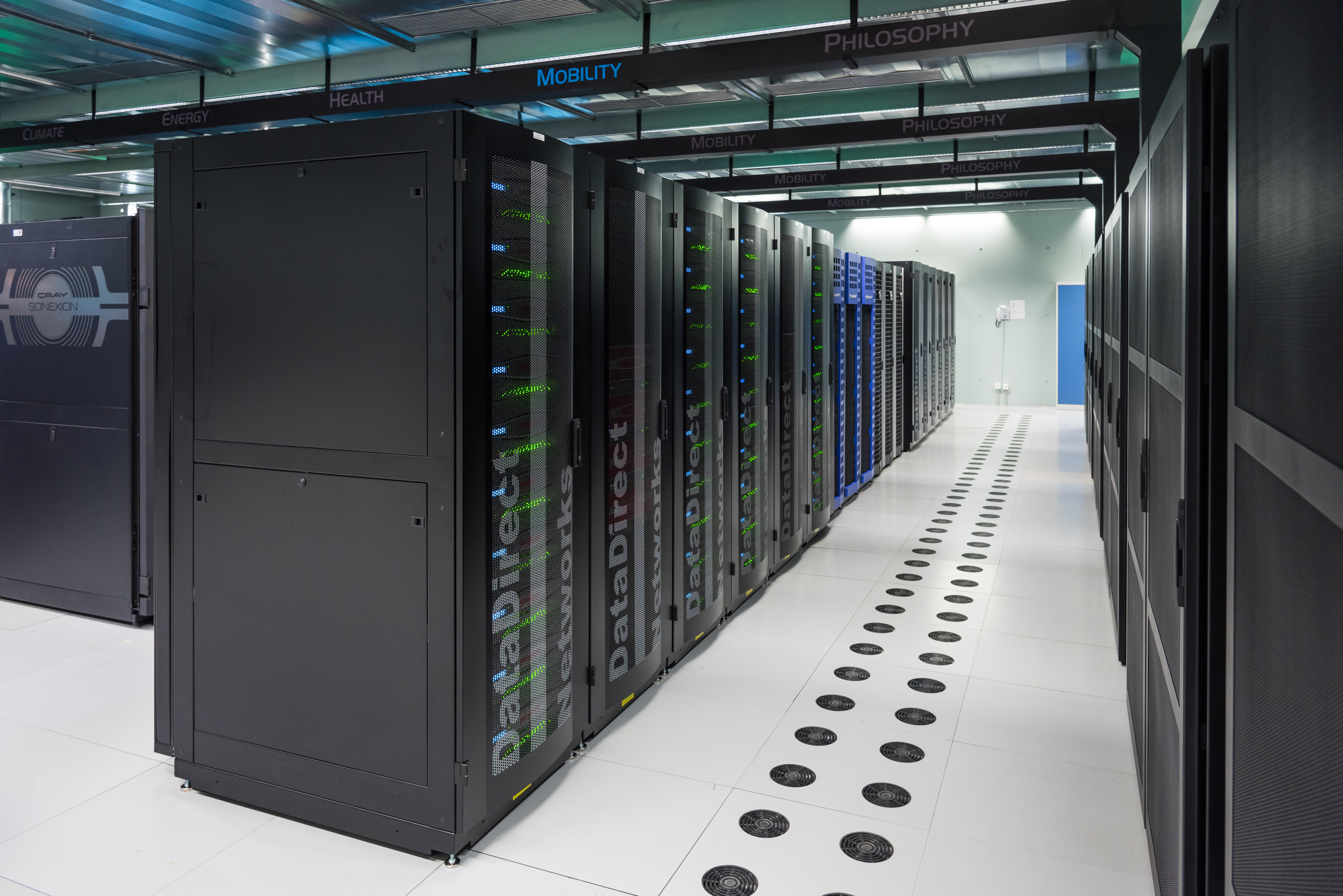 Nvidia is experiencing tremendous growth in the field of generative AI, with CEO Jensen Huang highlighting the increasing number of startups utilizing Nvidia’s accelerated computing platform. Huang mentioned that there are around 15,000 to 20,000 generative AI startups across various industries, including multimedia, digital design, and application productivity. The demand for Nvidia’s GPUs is skyrocketing as companies strive to bring AI applications to market using Nvidia’s CUDA software and Tensor Core architecture. Consumer internet companies, enterprises, cloud providers, automotive companies, and healthcare organizations are all investing heavily in building “AI factories” powered by thousands of Nvidia GPUs.
Nvidia is experiencing tremendous growth in the field of generative AI, with CEO Jensen Huang highlighting the increasing number of startups utilizing Nvidia’s accelerated computing platform. Huang mentioned that there are around 15,000 to 20,000 generative AI startups across various industries, including multimedia, digital design, and application productivity. The demand for Nvidia’s GPUs is skyrocketing as companies strive to bring AI applications to market using Nvidia’s CUDA software and Tensor Core architecture. Consumer internet companies, enterprises, cloud providers, automotive companies, and healthcare organizations are all investing heavily in building “AI factories” powered by thousands of Nvidia GPUs.
This surge in demand is driving a major shift in computing platforms. Huang explained that computing is moving from information retrieval to generating intelligent outputs. The advancement of generative AI is revolutionizing the computing stack, even impacting the PC computing stack. This shift is made possible by Nvidia’s end-to-end AI platform capabilities, which give them a significant competitive advantage over more specialized solutions. As AI workloads continue to evolve, the demand for Nvidia’s GPUs, such as the H100 “Hopper” architecture and the upcoming “Blackwell” platform, is expected to outstrip supply well into next year.
However, despite posting record-breaking revenue of $26 billion in Q1 2025, Nvidia faces challenges in meeting the overwhelming demand for AI chips. Huang admitted that they are racing every day to fulfill orders as customers exert pressure to deliver systems quickly. The demand for their flagship H100 GPU is projected to exceed supply for some time, even as the company ramps up production of the new Blackwell architecture. The urgency stems from the competitive advantage gained by companies that are first to market with groundbreaking AI models and applications. Time to train these models is crucial, and being three months ahead can make all the difference.
Cloud providers, enterprises, and AI startups are under immense pressure to secure as much GPU capacity as possible to beat rivals to milestones. Huang predicts that the supply crunch for Nvidia’s AI platforms will continue well into 2024. Despite the challenges, hosting AI models on Nvidia’s accelerated computing platforms can provide strong financial returns for cloud providers. For every $1 spent on Nvidia AI infrastructure, cloud providers have the opportunity to earn $5 in GPU instance hosting revenue over four years. Huang provided an example of a language model using Nvidia’s latest H200 GPUs, showing how a single server could generate significant revenue by serving tokens.
Nvidia is not only known for its GPUs but also for its datacenter networking solutions. In Q1, Nvidia reported strong growth in networking, driven by the adoption of its Infiniband technology. However, Huang believes that Ethernet presents a major new opportunity for Nvidia to bring AI computing to a wider market. The company has begun shipping its Spectrum-X platform optimized for AI workloads over Ethernet. Huang expects Spectrum-X to become a multi-billion dollar product line within a year and stated that Nvidia is “all-in on Ethernet.” The company will deliver a roadmap of Spectrum switches to complement its Infiniband and NVLink interconnects, targeting various AI systems from single nodes to massive clusters.
In terms of financial performance, Nvidia delivered record revenue of $26 billion in Q1, primarily driven by its Data Center business, which saw a remarkable 427% year-over-year growth. The strong growth was fueled by enterprise and consumer internet companies deploying Nvidia AI infrastructure at scale. Gaming revenue was also up 18% year-over-year, while Professional Visualization and Automotive revenue experienced sequential growth as well. For Q2, Nvidia expects revenue of approximately $28 billion, with growth anticipated across all market platforms.
Overall, Nvidia’s success in the field of generative AI, coupled with their strong financial performance and strategic advancements in networking, positions them as a leading player in the AI industry. Their end-to-end AI platform capabilities and high demand for their GPUs make them the platform of choice for companies investing in AI. However, meeting the overwhelming demand for AI chips remains a challenge, and Nvidia is actively working to ramp up production to keep up with the market.

